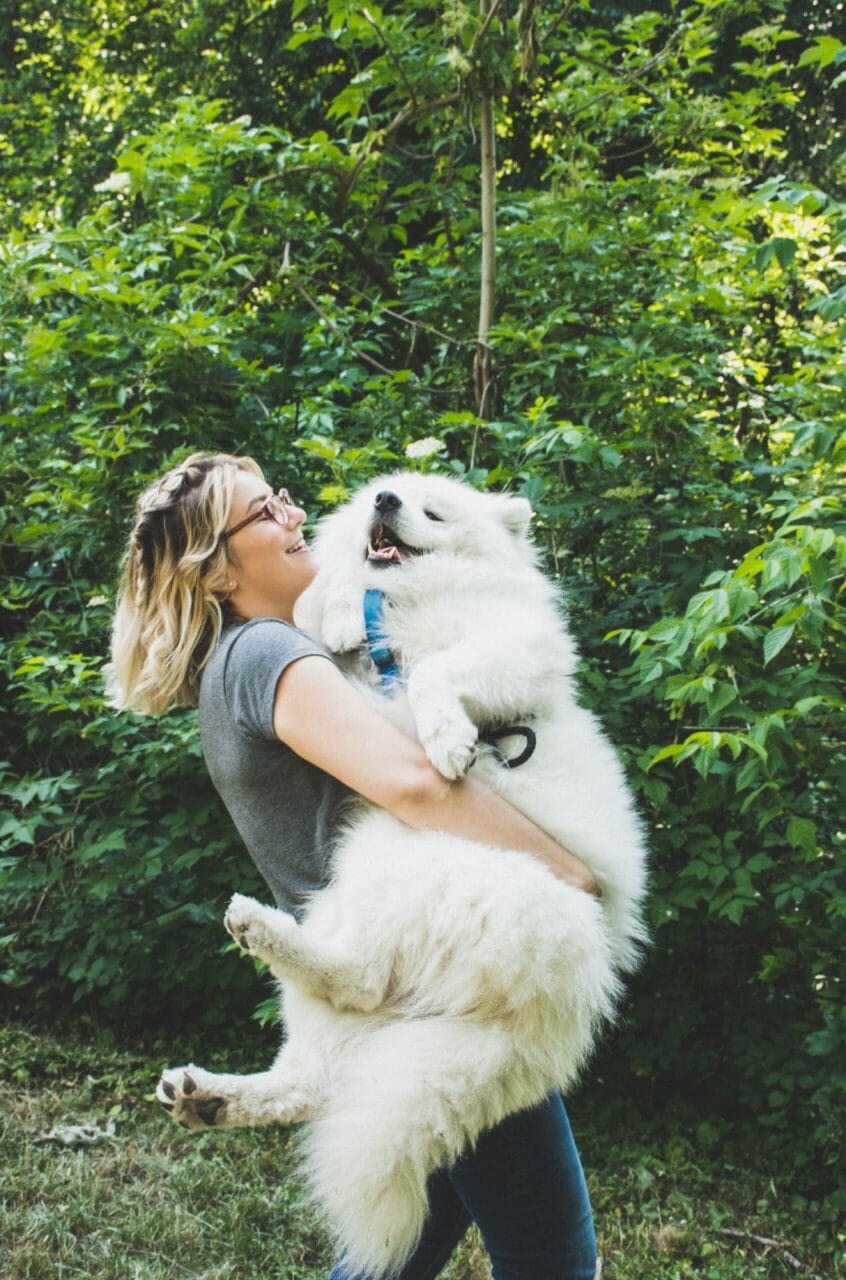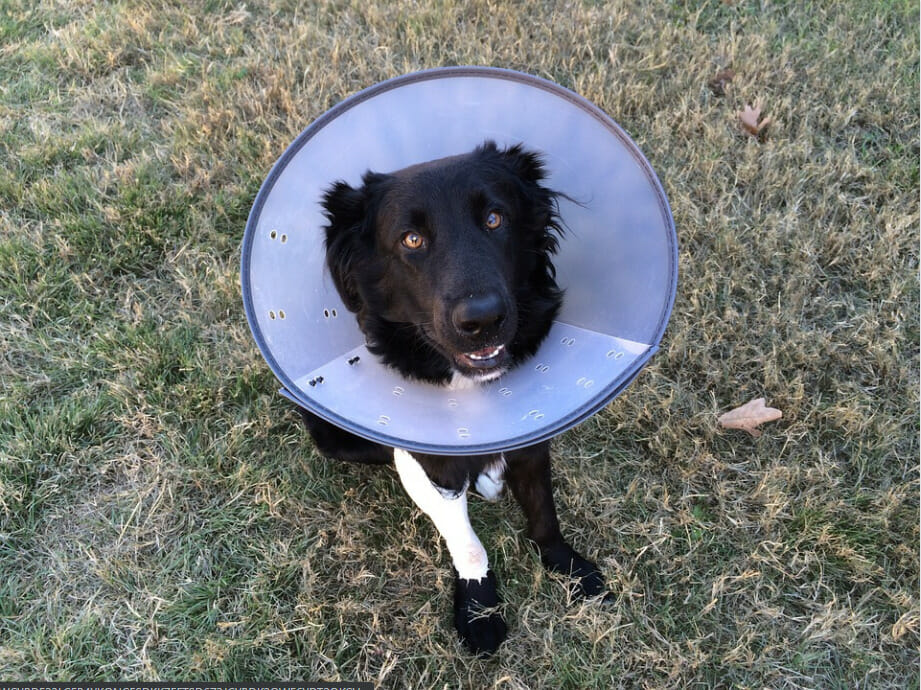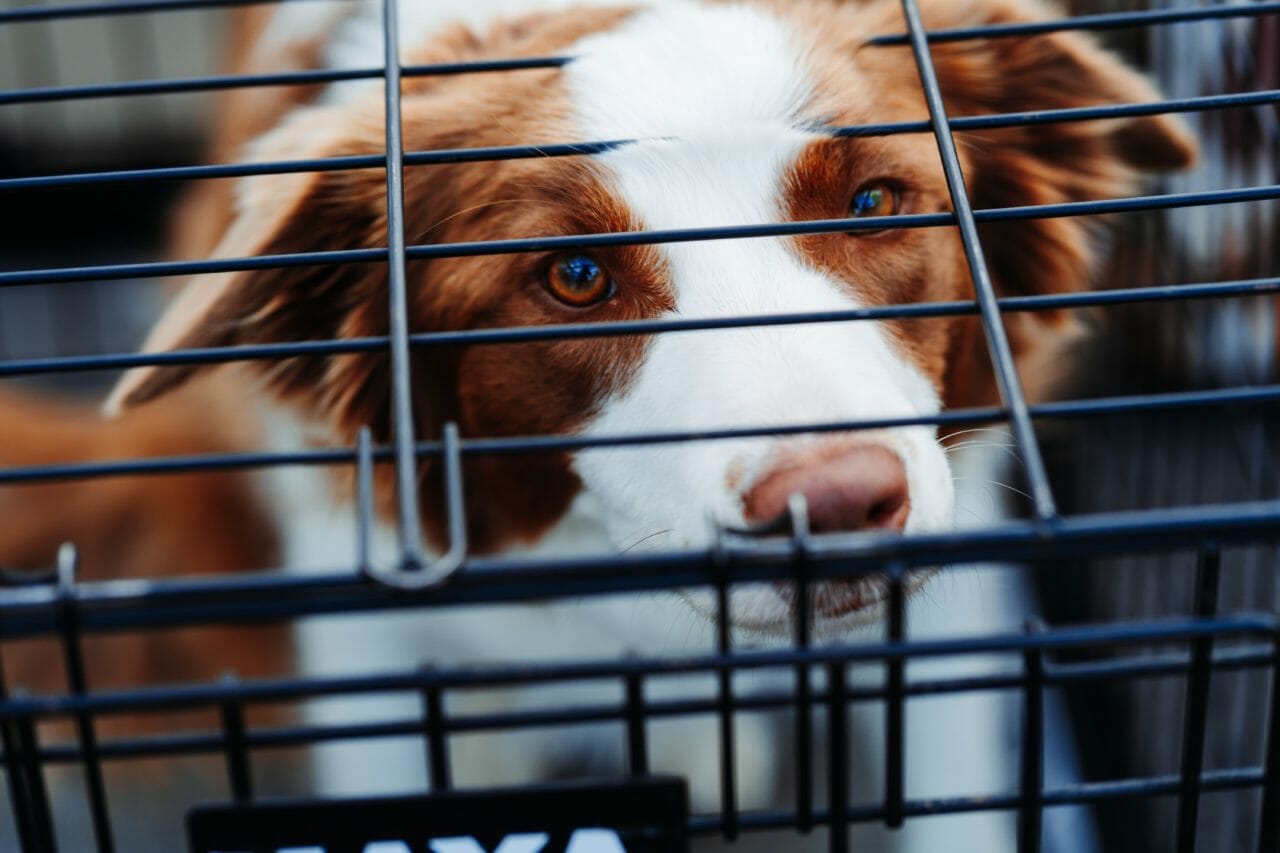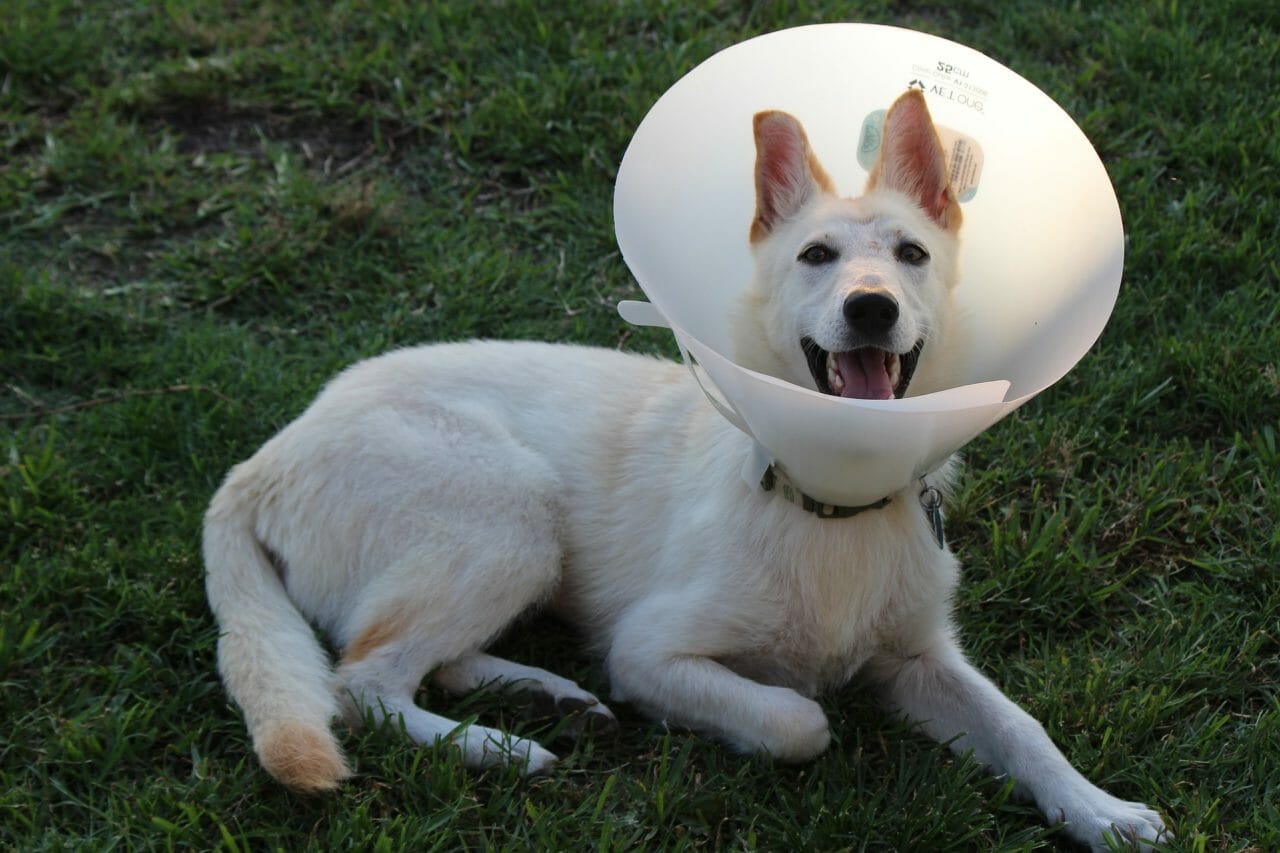Helping your dog recover fully can be easy if you follow these tips
If your veterinarian has told you that your dog needs a spleen removal, also known as splenectomy surgery, you’re likely feeling mixed emotions.
You may be scared about the surgery and what to expect, but you want to do what’s best for your dog. It’s important to remember that this is a standard and routine procedure for dogs. RehabPet.com will discuss everything you need to know about dog spleen removal after care and prepare you for your furry friend’s return home.
Why Does Your Dog’s Spleen Need To Be Removed?
While every situation is different, one of the most common reasons a veterinarian recommends splenectomy surgery is because your dog has been diagnosed with a tumor in the spleen area.
Tumors can be either benign (non-cancerous) or malignant (cancerous), but both types require surgery to remove the spleen.
In most cases, the spleen is removed as a precaution in case the tumor ruptures. If this happens, it’s likely that the tumor is cancerous and can spread across the body. These types of tumors are most often found in larger breeds of dogs, but can occur in any breed.
Trauma to the spleen is another reason your dog may need surgery. Your dog may have incurred trauma while being hit by a car or from another type of accident.
The spleen helps filter the blood. When the spleen is damaged, internal bleeding can result and trigger life threatening consequences if not treated right away.
What Happens Prior and During the Spleen Removal Surgery?
Before the surgery, your vet will likely do a few tests including bloodwork, x-rays and/or an ultrasound to check for any other health concerns and to develop a plan for the surgery.
The vet will also ask you about your dog’s mood levels, including:
- How has your dog’s appetite been?
- Have your dog’s activity levels been up or down?
- What have your dog’s energy levels been like?
Once it’s time for the surgery, your dog will be brought into the operating room and given a general anesthesia.
Splenectomy surgery usually takes between 30 minutes to an hour. Once the surgery is complete, your dog will be brought into a recovery room where a team of vets will monitor your pup until he is awake and stable.
Taking Your Dog Home
While we mentioned that the splenectomy surgery is fairly common, it can be nerve-wracking for both owners and dogs after the surgery.
Dogs usually stay overnight at the clinic for observation, but you may be able to bring your dog home the same day depending on their health and age.
Getting your dog home to a place he recognizes helps begin his recovery on the right path. The anesthesia will likely be wearing off, so let your dog nap until he is fully awake.
The first few days after bringing your dog home are the most crucial. You will need to keep a close eye on them and monitor their behaviour, including:
- Do you notice any bleeding coming from the incision site?
- Is your dog eating and drinking water regularly?
- Is your pup regularly peeing and pooping?
- Does his energy seem to be returning to normal?
- Do you notice any discomfort or whimpering?
Use these questions to monitor whether your dog is on the road to recovery or having complications.
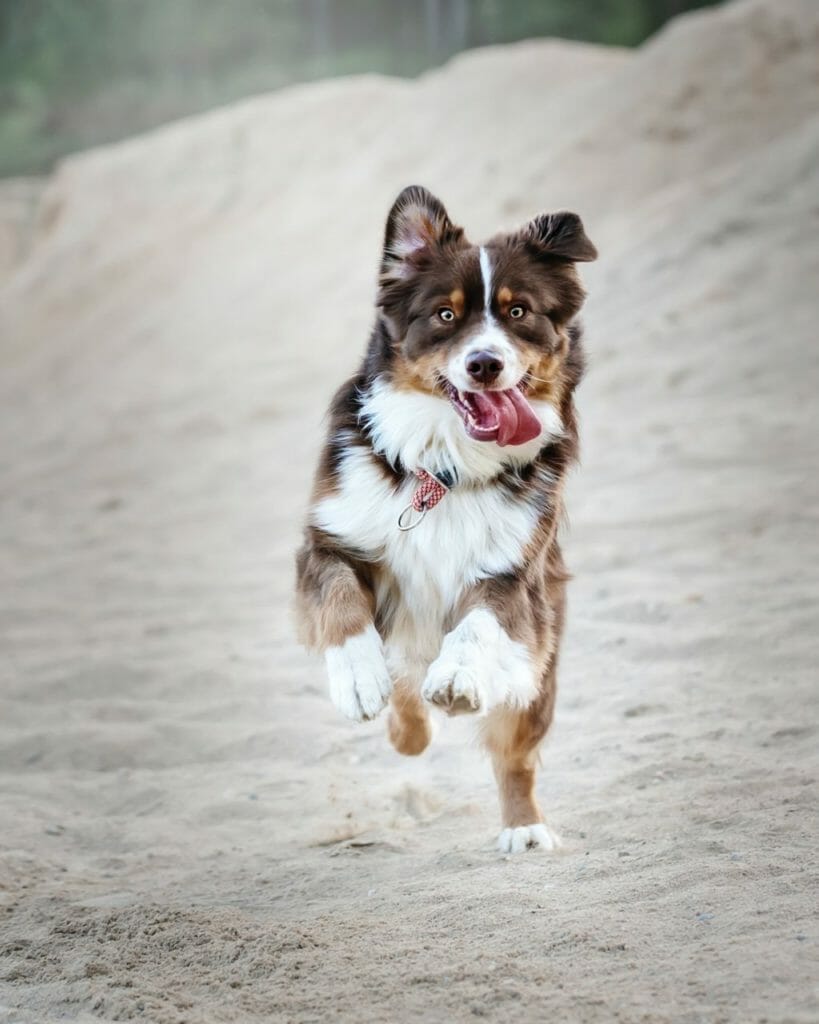
Post-Surgery Care and Diet For Your Dog
Once your dog comes home from surgery, it’s important that they get the proper care to ensure a smooth and healthy recovery. Below is a checklist for you.
Find a quiet place for your dog to rest
Depending on how your dog is feeling, they may or may not want to be in their crate. If they don’t want to be crated, set up a quiet place to sleep that is away from any activity in the house.
Your vet’s instructions are followed
Your dog will likely be sent home with pain medication and antibiotics. It’s important that you follow the instructions to administer these properly.
Elevate food and water bowls
For the first few days after surgery, it’s best to keep your dog’s food and water bowls elevated so your pup won’t have to bend down too much. This will help protect the stitches.
Provide a healthy diet
Your dog will likely have a reduced appetite after surgery, so it’s important to make sure they are still getting the nutrients they need. This may mean switching to a more easily digestible diet or adding in some supplements recommended by your vet.
Book regular check-ups with your vet
You will need to take your dog back for regular check-ups with your vet to make sure the incision is healing properly and that your pup is on track for a full recovery.
Use a cone to keep them away from the stitches
While this is usually the part dogs dislike the most, the cone is important to prevent your dog from licking or biting at the stitches. It’s important to keep the area clean and dry to prevent infection.
With proper care, your dog should make a full recovery within a few weeks with no lasting effects from the surgery.
Final Thoughts
While no one wants their dog to go through surgery, a splenectomy is a fairly common and routine procedure that can help your dog live a long and healthy life. With the proper aftercare, your dog will be back to their old self in no time.
Ensuring you follow your vet’s instructions and showing your furry friend lots of love during their recovery is the best thing you can do to get them back up on four paws in no time.
